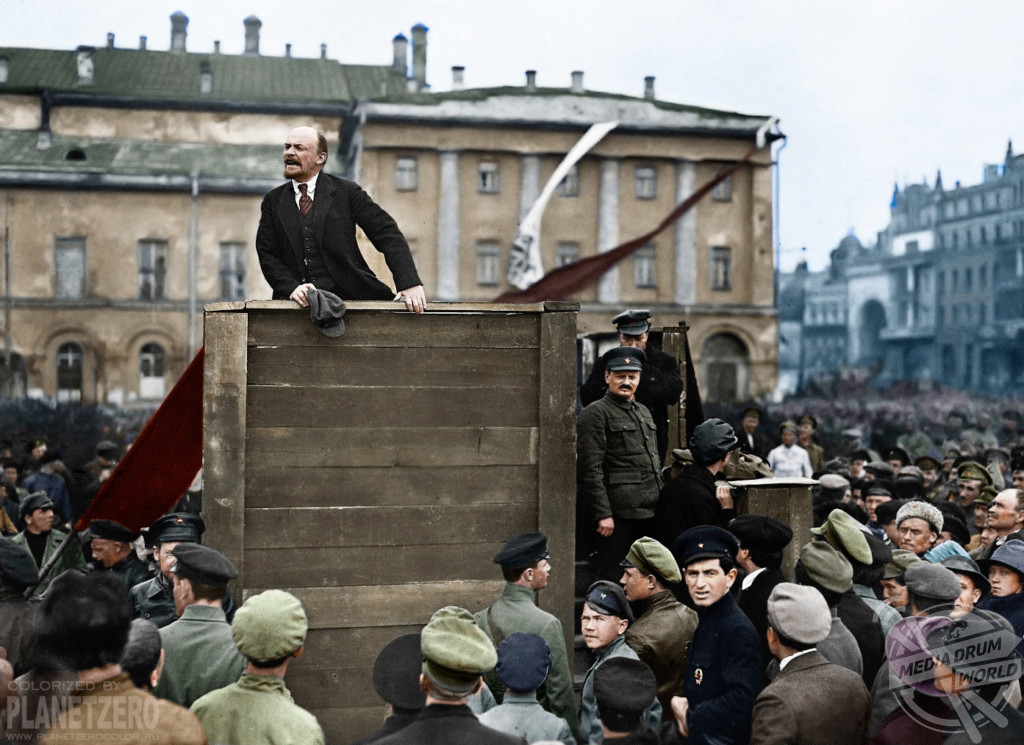
By Mark McConville
THE GRITTY reality of the Russian Revolution in the early 20th century has been brought to light thanks to a series of expertly colourised images.

Viacheslav Peregudov / mediadrumimages.com
Striking pictures show Vladimir Lenin disguised as factory worker KP Ivanov at Razliz station in August 1917, Lenin with Joseph Stalin in 1922 and revolutionaries and women and former members of the Russian Army holding up a plaque that states ‘The tyranny has collapsed and the chains are broken’.
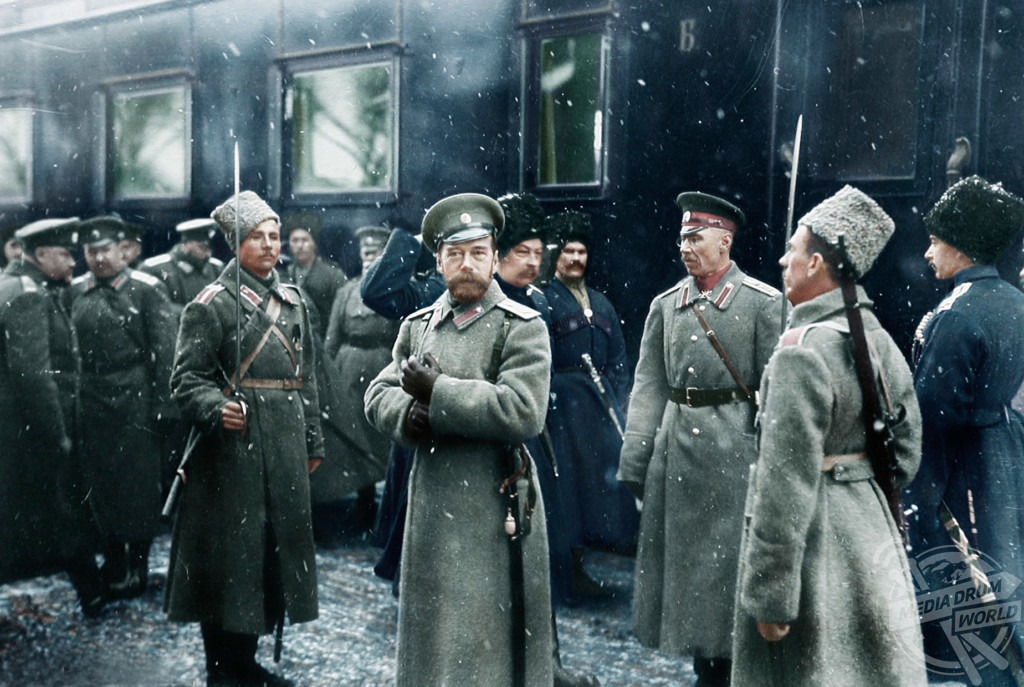
Viacheslav Peregudov / mediadrumimages.com
Other stunning colour shots show the last Tsar of Russia, Nicholas II with his family and visiting the army in 1916, the Tsar family executor Jakob Jurovsky and the February revolution taking place in 1917.
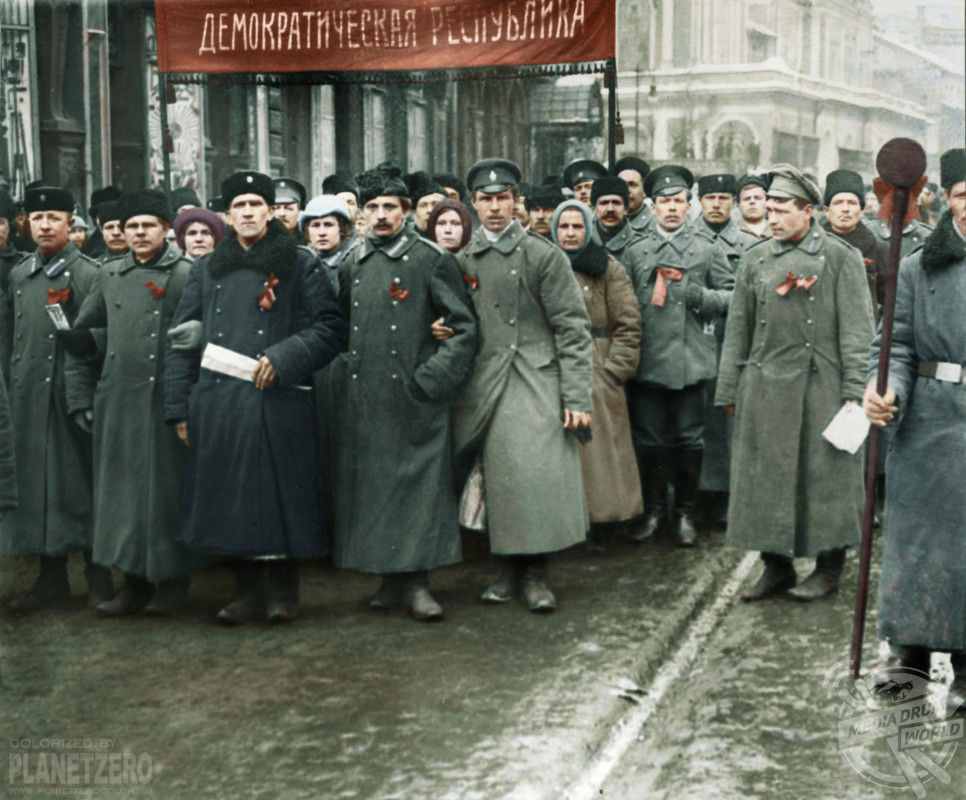
Viacheslav Peregudov / mediadrumimages.com
The original black and white photographs were painstakingly colourised by artist Viacheslav Peregudov (51), from Irkutsk, Russia.
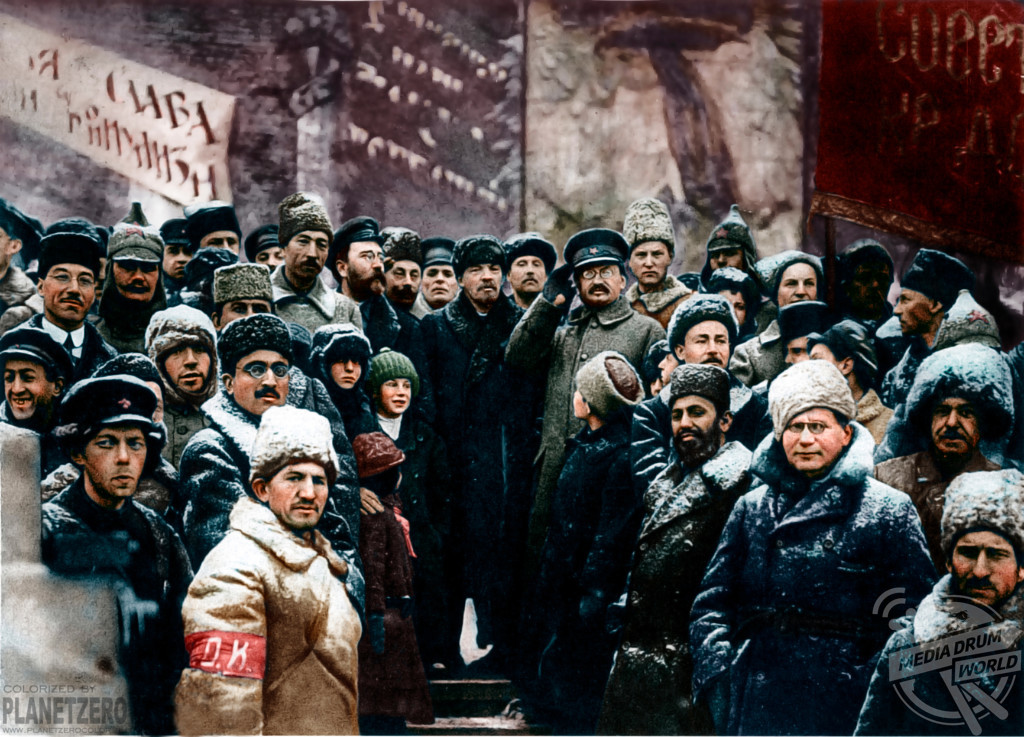
Viacheslav Peregudov / mediadrumimages.com
“The crowds were intoxicated by freedom soldiers mixed with civilians,” he said.
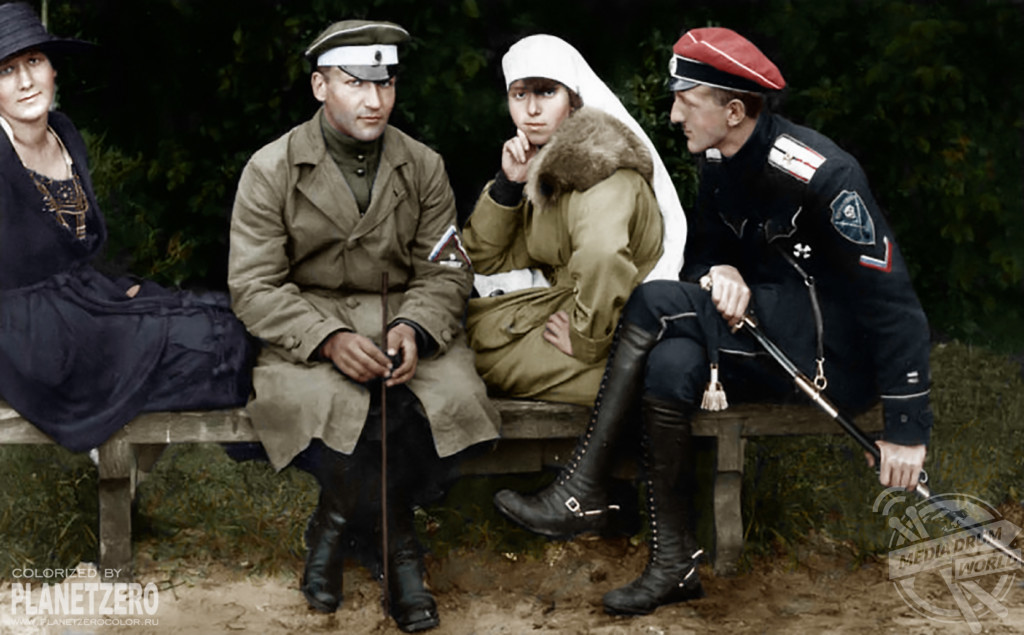
Viacheslav Peregudov / mediadrumimages.com
“The first was the February revolution, which screamed in the squares about equality and brotherhood, followed by the Bolshevik revolution, the civil war.
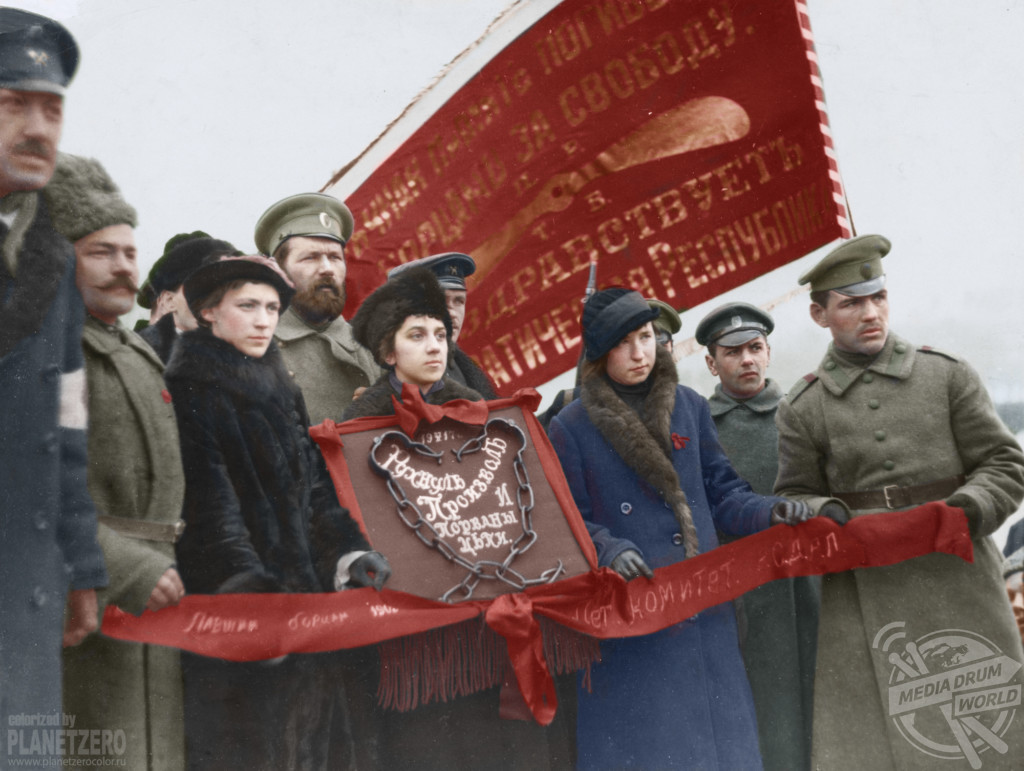
Viacheslav Peregudov / mediadrumimages.com
“And you’re looking for the point where the giant Empire began its descent to the edge of the abyss.
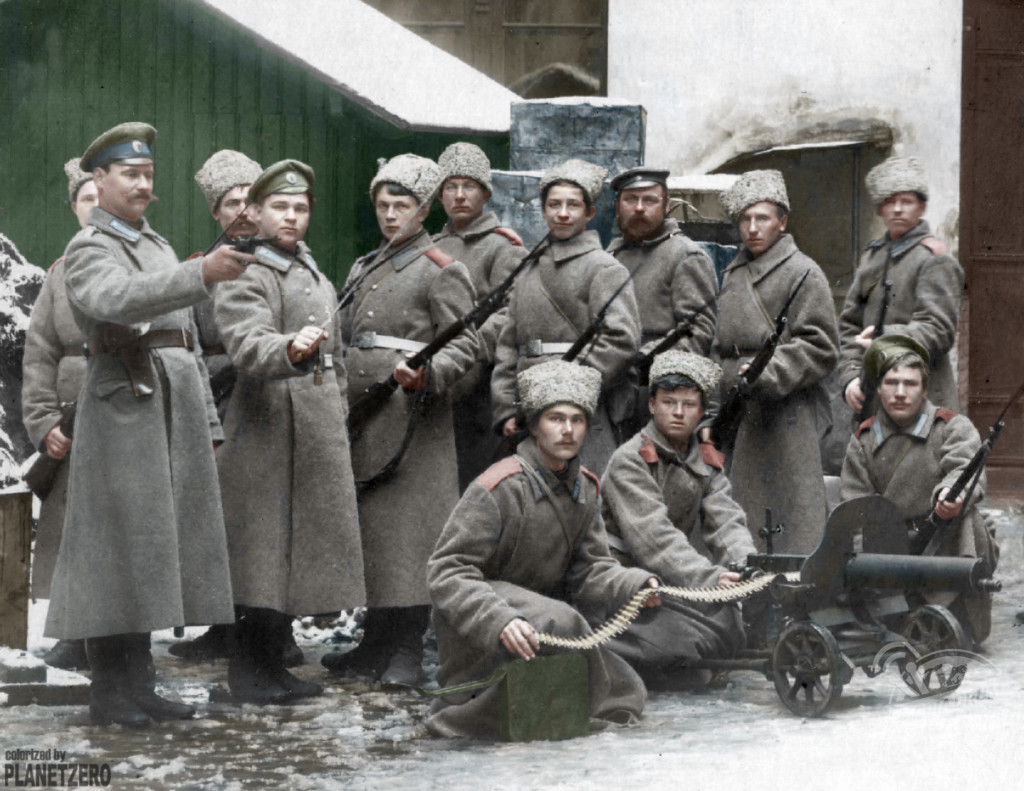
Viacheslav Peregudov / mediadrumimages.com
“One of the greatest dreams of any person in the world is a time machine. And the greatest regret of any person is that it is impossible to produce this machine in our world.
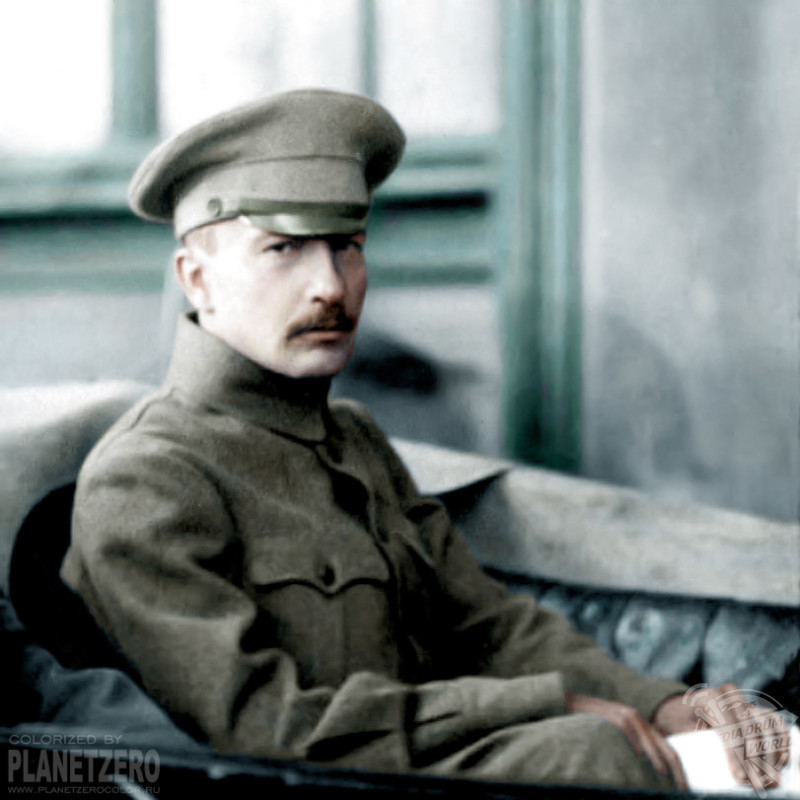
Viacheslav Peregudov / mediadrumimages.com
“Not in our time at least but who knows; maybe in 100 years. For now we can do it just in our imagination.

Viacheslav Peregudov / mediadrumimages.com
“I would say my time machine works on a fuel of imagination and the real colour of the past which is a channel of reality that has been ignored for many years due to black and white images.”
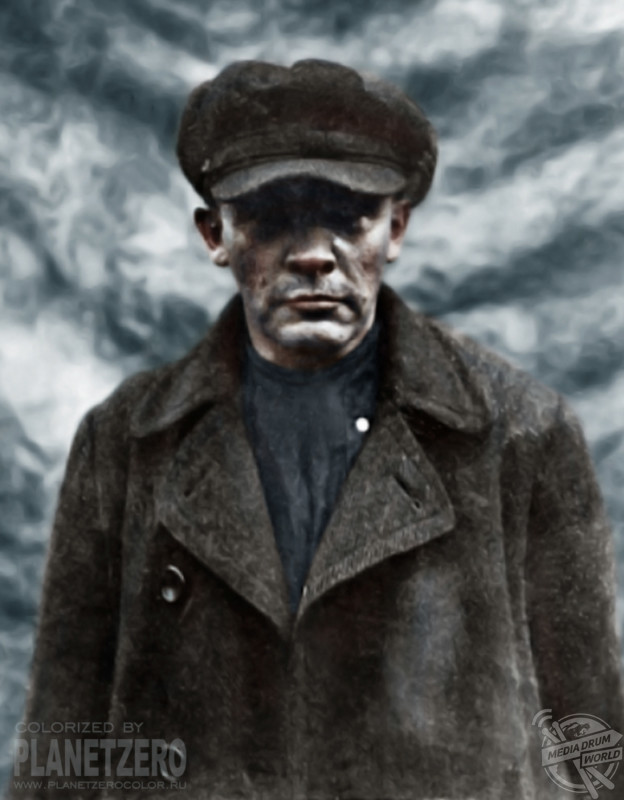
Viacheslav Peregudov / mediadrumimages.com
The Russian Revolution was a pair of revolutions in Russia in 1917 which dismantled the Tsarist autocracy and led to the rise of the Soviet Union. The Russian Empire collapsed with the abdication of Emperor Nicholas II and the old regime was replaced by a provisional government during the first revolution of February 1917.
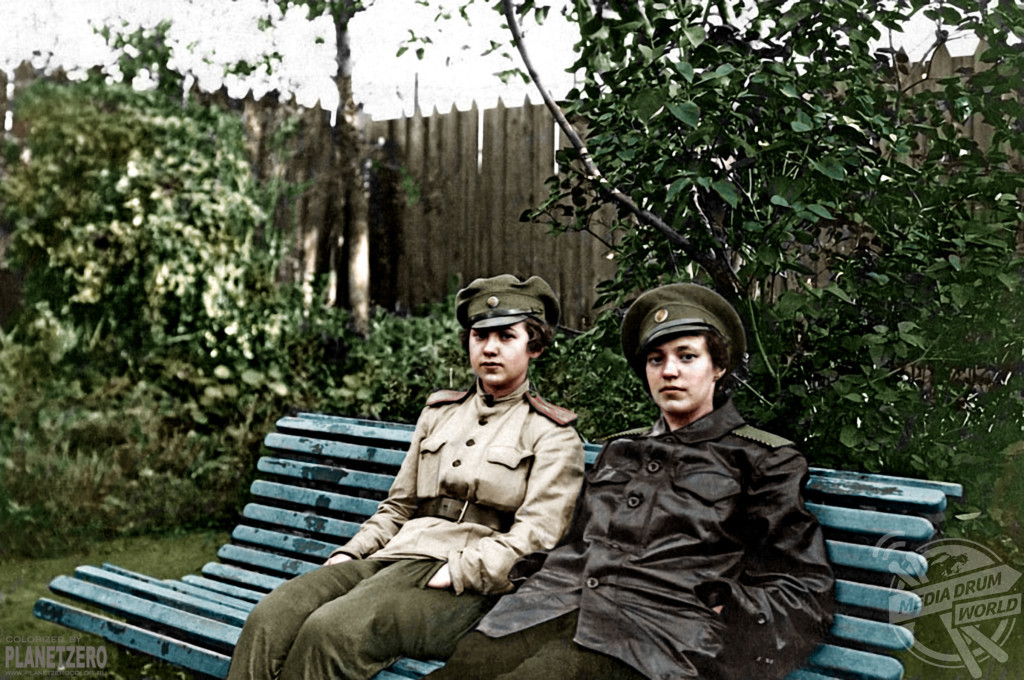
In the October Revolution the Bolsheviks led an armed insurrection by workers and soldiers in Petrograd that successfully overthrew the Provisional Government, transferring all its authority to the soviets with the capital being relocated to Moscow shortly thereafter.
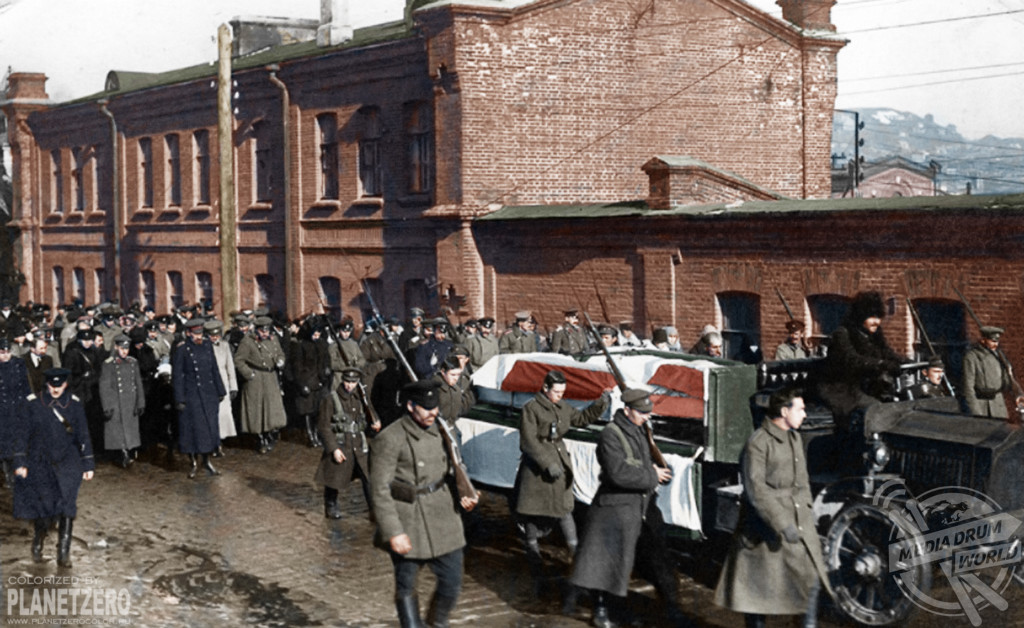
Viacheslav Peregudov / mediadrumimages.com
Soon after, civil war erupted among the “Reds” (Bolsheviks), the “Whites” (counter-revolutionaries), the independence movements and the non-Bolshevik socialists. It continued for several years, during which the Bolsheviks defeated both the Whites and all rival socialists and thereafter reconstituted themselves as the Communist Party. In this way, the Revolution paved the way for the creation of the Union of Soviet Socialist Republics (USSR) in 1922.
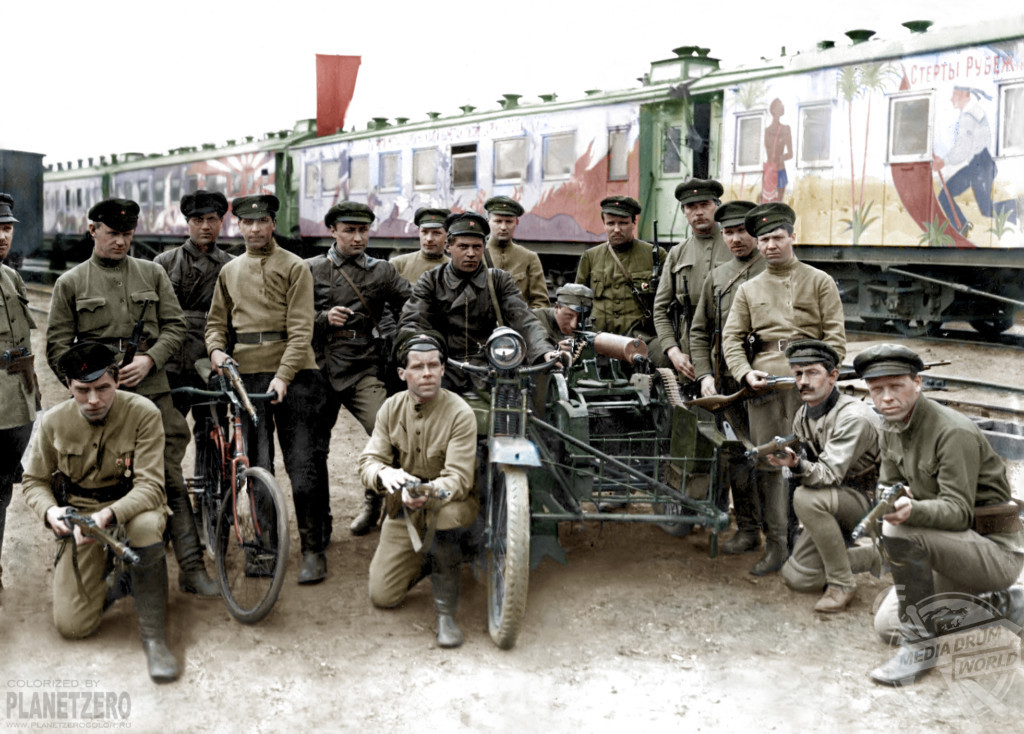
Viacheslav Peregudov / mediadrumimages.com
Viacheslav began to colourise old photographs around five years ago and was quickly drawn to images of Russia in the early 20th Century.
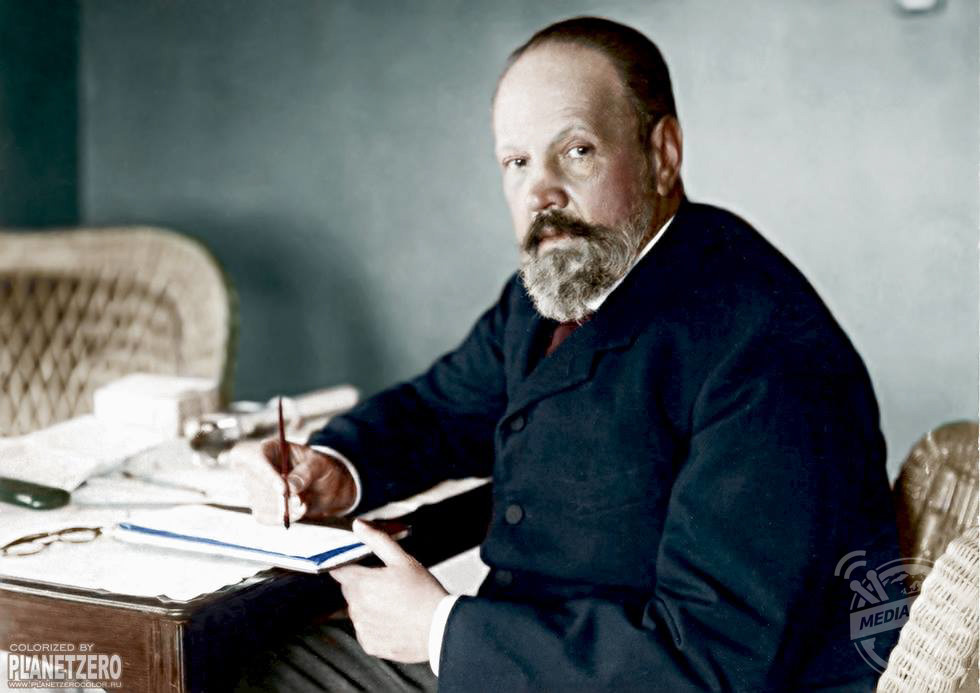
Viacheslav Peregudov / mediadrumimages.com
“When I started my project, History of Russia in the beginning of XX Century in Colour, it was just a few historical photos,” he added.
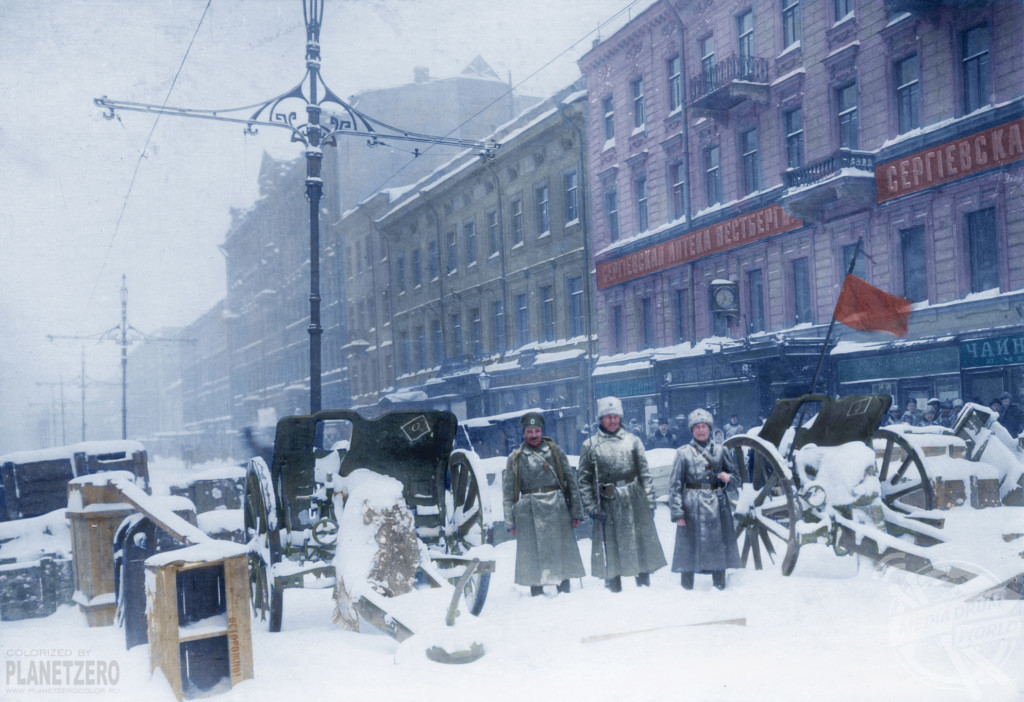
Viacheslav Peregudov / mediadrumimages.com
“I didn’t do it for money but just my private pleasure and today it is a collection of more than 50 colourised photos that were shot in the period from 1898 to 1935.
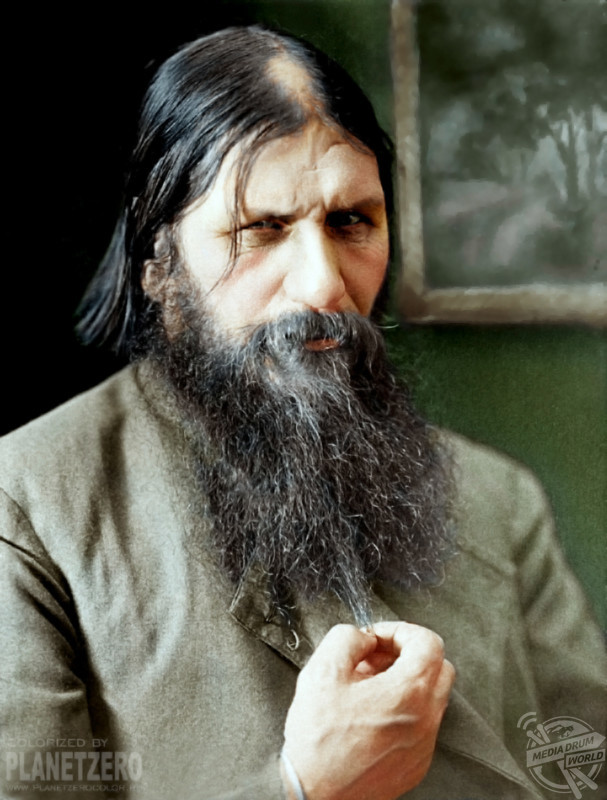
Viacheslav Peregudov / mediadrumimages.com
“Sometimes I do colourisation for other photographs but I always return to Russia in the early 1900s.”
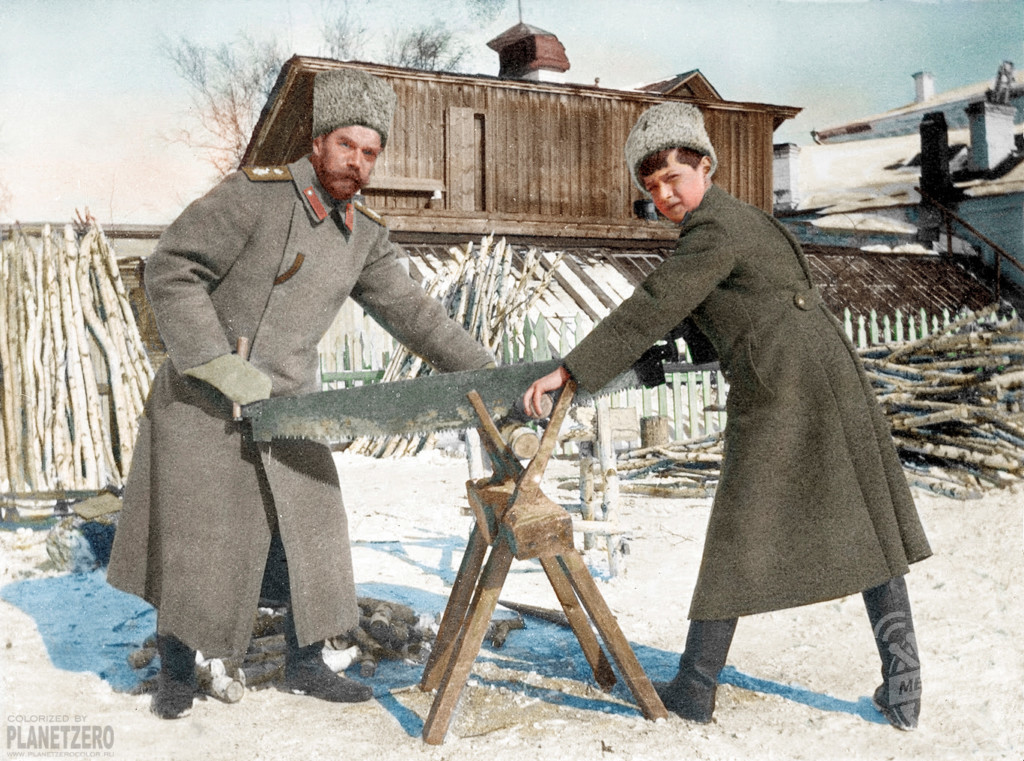
Viacheslav Peregudov / mediadrumimages.com






